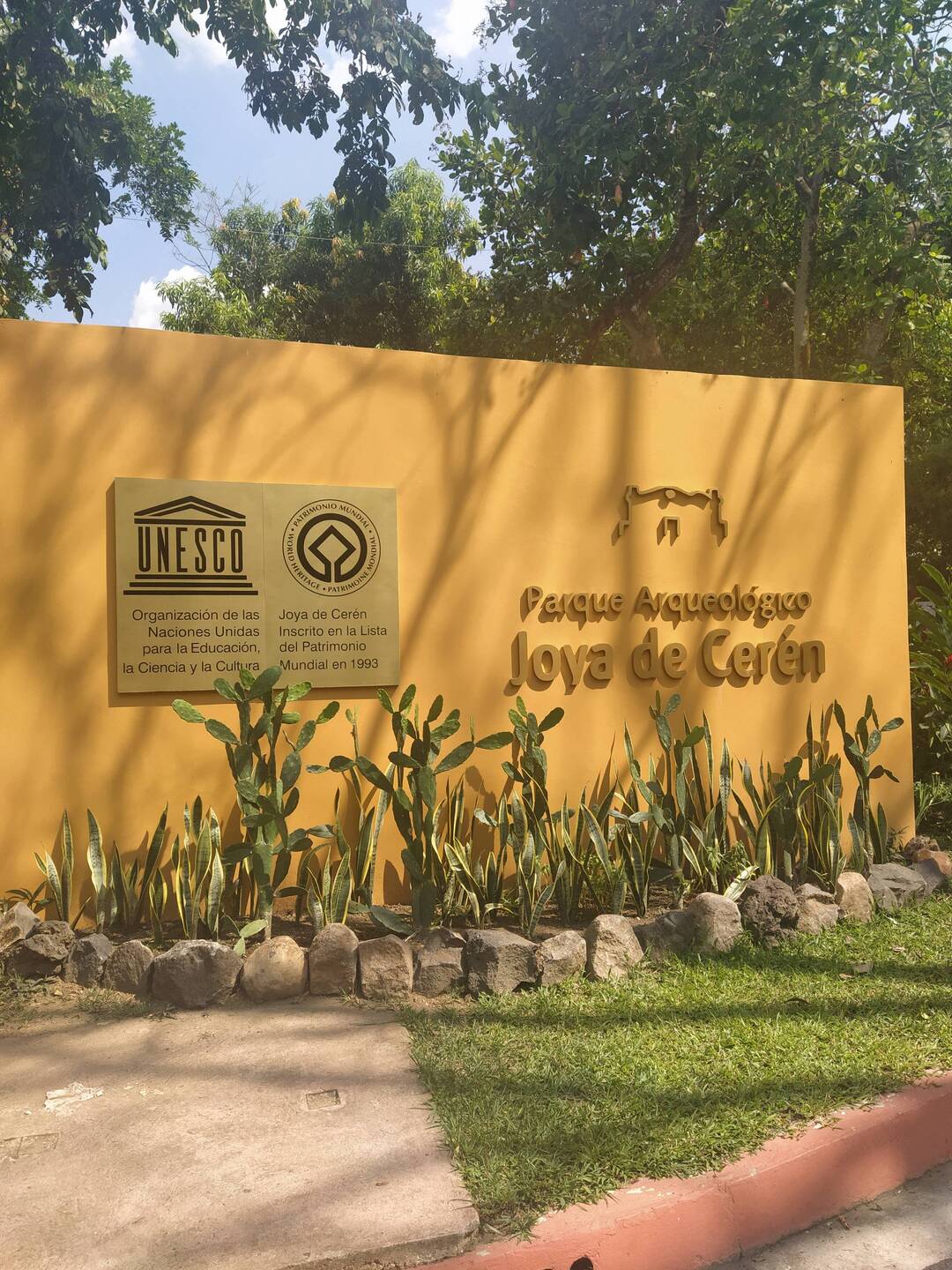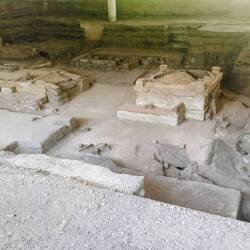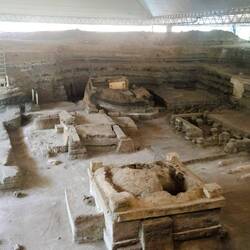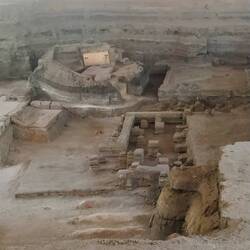Sitio Arqueológico Joya de Cerén
 April 12 in El Salvador ⋅ ⛅ 34 °C
April 12 in El Salvador ⋅ ⛅ 34 °C
Heute steht einer der Höhepunkte von El Salvador an: wir wollen uns Joya de Ceren anschauen - eine von einem Vulkanausbruch im Jahr 600 n.Ch. verschüttete Maya-Siedlung. Joya de Ceren wird auch alsRead more

























































Traveler Großartig!
Großartig!
Traveler Will hin!
Will hin!
Traveler Spannend....
Spannend....